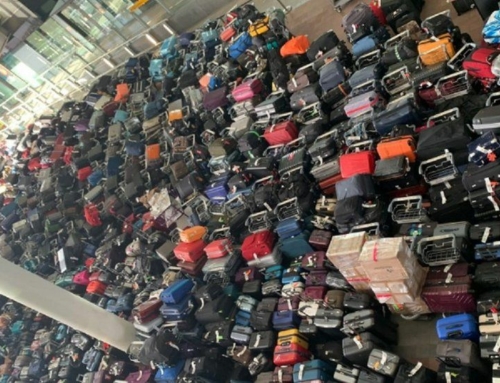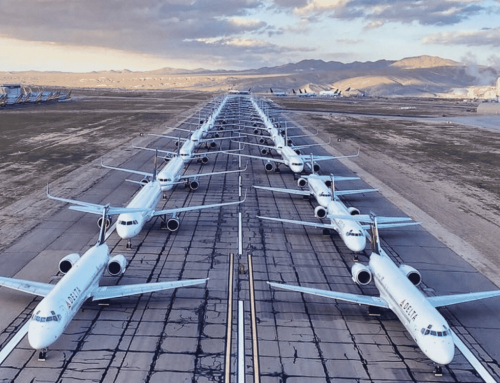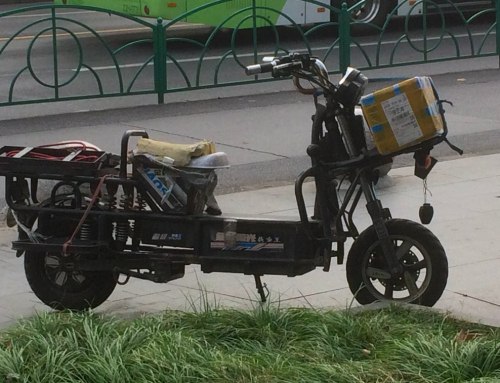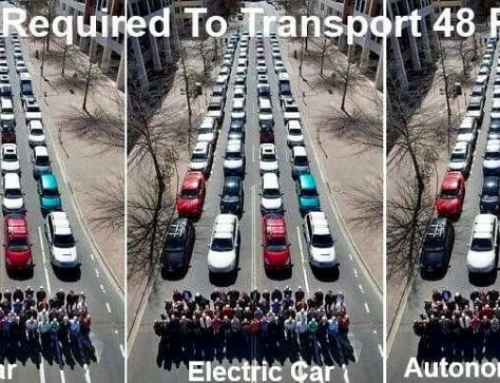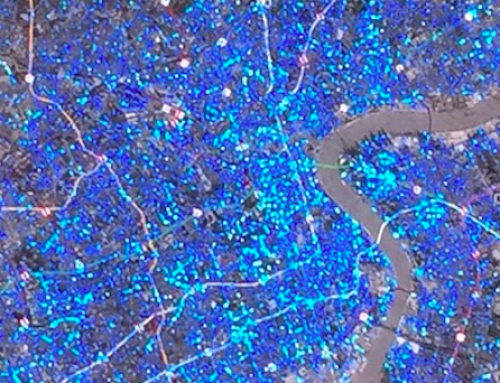As a system, mobility is locked into a mode of perpetual growth in a world whose carrying capacity is limited. The status quo policy of ‘predict and provide’ promises more travel (of people and goods), forever, but using new technologies and integrated systems to make mobility more efficient.
A second design strategy is mobility substitution – doing things at a distance that we would otherwise move to do. But mobility substitution is an added extra, not a viable alternative, to mainstream mobility.
The only viable design option is to design away the need to move and foster new time-space relations: from distance to duration, from faster to closer.And that will only happen when we start paying the true costs of moving around by whatever means.
The latest edition of World Transport Policy & Practice an excellent quarterly journal edited by Professor John Whitelegg, which is just out, includes a salutary “Sustainability risk analysis of the Low Cost Airline sector”. Meanwhile, in New Zealand, the true cost of that country’s road and rail system is spelled out in a report published today by the Ministry of Transport.
The main findings of the study are: That the charges paid by road and rail users do not cover the costs of those networks, and that some costs are not paid by anyone at all; Rail users pay a higher proportion of their costs than road users; Users of urban local roads pay a lower proportion of costs than users of rural roads; and, in many cases the costs of remedying a problem (eg congestion) are much lower than the cost of the problem itself.
